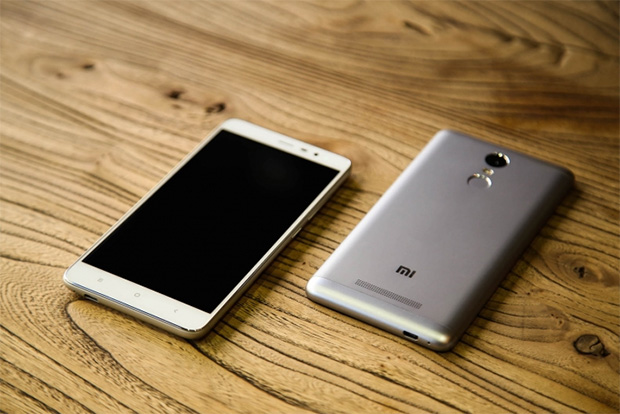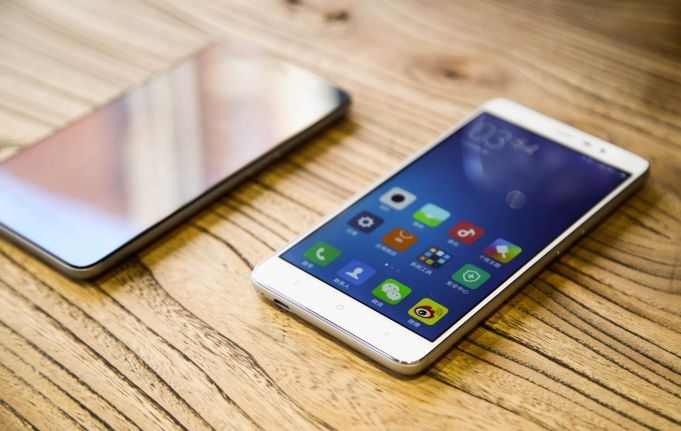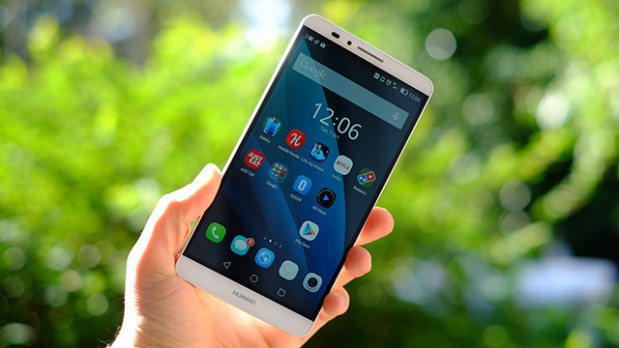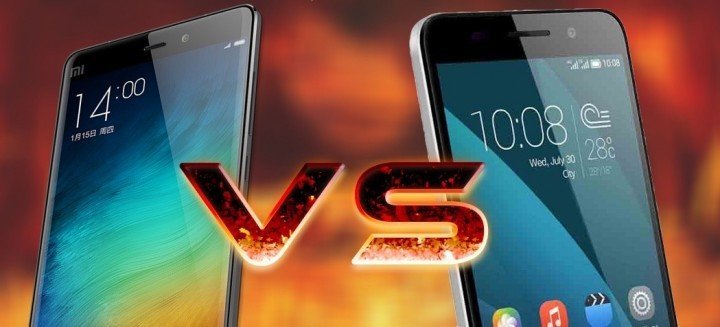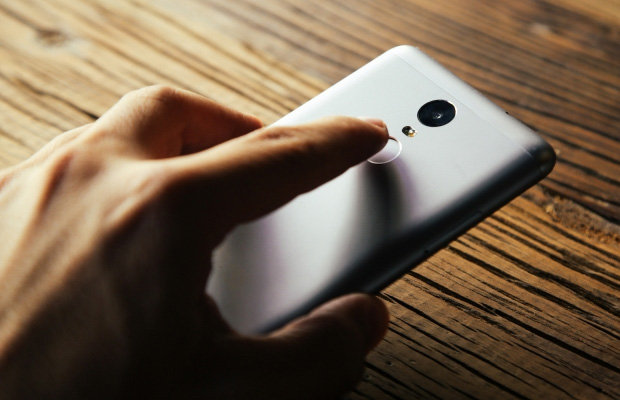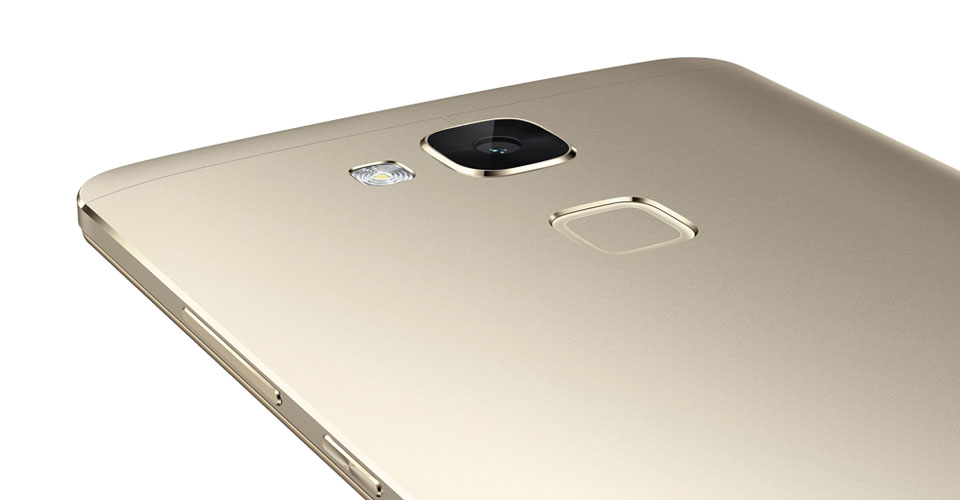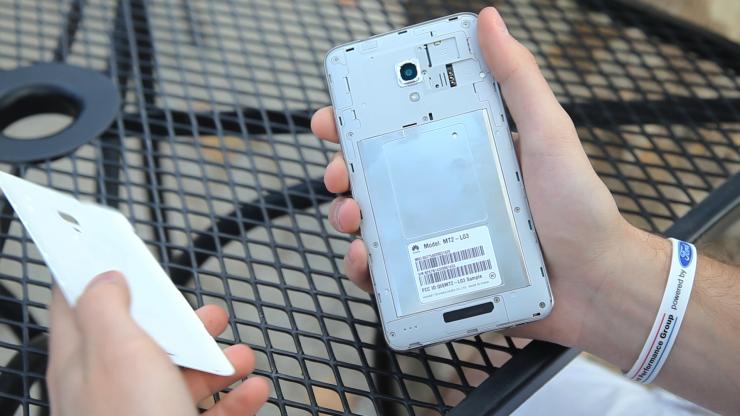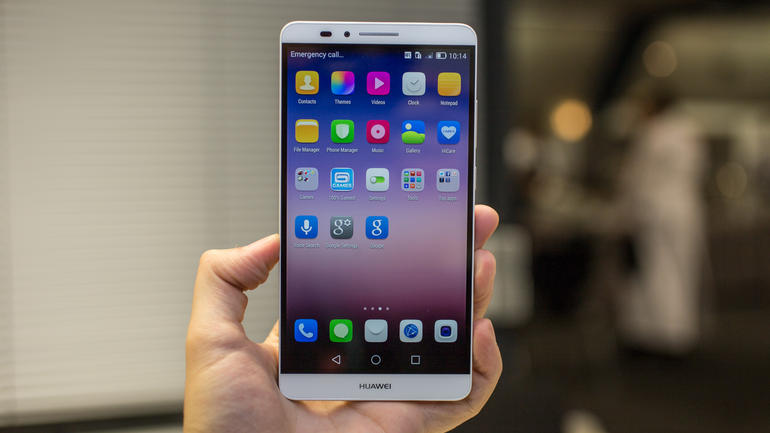Xiaomi Redmi Note 3 Vs Huawei Ascend Mate 8: Which one to buy?
China is a humongous market and yet there is only a handful of leaders in its smartphone market with the top two of them being Xiaomi, the privately owned Chinese electronics company and Huawei, the Chinese multinational networking and telecommunications equipment and services company.
For the record, Catalys has reported that, as data from the last quarter suggests, Huawei has gone to the first place of the smartphone market, leaving Xiaomi in the second place – a plot twist that had not been predicted as analysts say.
MUST READ: Huawei dethrones Xiaomi from China’s top smartphone maker
At the same time, both giants have released their new flagships, so putting the devices under the scope in an assiduous comparison is inevitable up to a point.
Xiaomi’s Redmi Note 3 and Huawei’s Ascend Mate 8 could be more alike that you’d expect; or they could be as distant as it gets. Let’s find out!
Design
Xiaomi’s new Redmi Note 3 has been built by metallic unibody construction, though the top and bottom caps are plastic, to allow for antenna reception.
Xiaomi CEO Lei Jun said that the metal case was indeed a design priority, aimed to add a smooth and premium touch. The most distinctive trait of the company’s latest phablet is the fingerprint sensor. In fact, the Redmi Note 3 is the first smartphone of the company to embody such a feature.
Huawei, on the other hand, made its Mate 8 to be all about class and prestige.
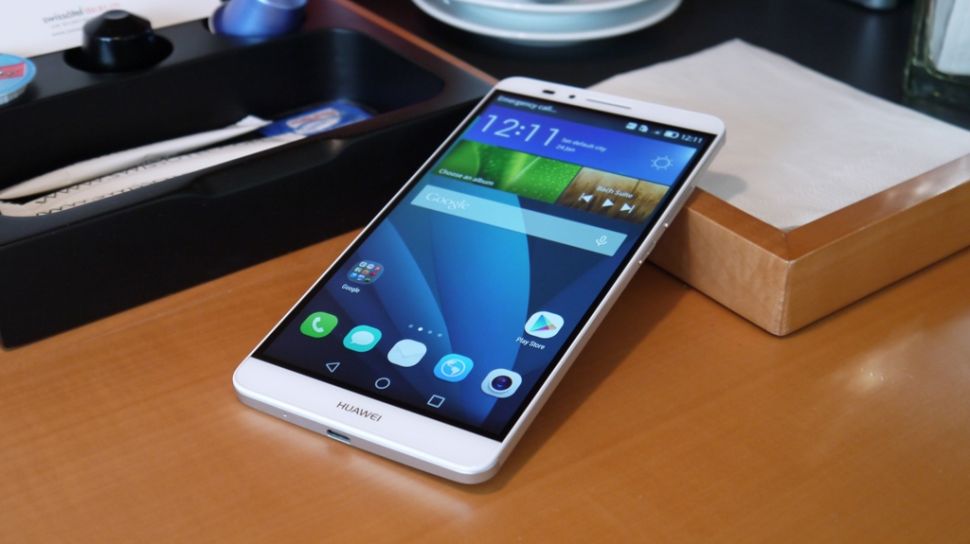
Photo credit: TechRadar
It comes with an aluminium body and the 2.5D curved glass. Aside from the slimmer bezels and dimensions, many argue that the design seen on the Mate 8 is surprisingly similar to that of the Mate 7 and Mate S.
Still, the most differentiating features of the Mate 8 is its large camera unit on the back and the fingerprint sensor found right below it.
Display
The Redmi Note 3, much like its predecessor, the Redmi Note 2, is a phablet and as such, it sports a 5.5-inch display with a 1080p resolution (1080 x 1920 pixels) resulting to a pixel density of 401 ppi; good but not great.
The screen packs a light and proximity sensors, which are just about the basics.
At the other side of the ring, Huawei has done a magnificent job with the screen to body ratio, as the Mate 8’s IPS LCD screen is 6 inches with a resolution of 1080 x 1920 pixels (~368 ppi pixel density).
On top of that, the Mate 8 is protected by the Corning Gorilla Glass 4 protection technology.
Specs
Under the hood, the Redmi Note 3 doesn’t have a lot of innovations to display from the Redmi Note 2. That makes sense, considering that the device was initially destined to launch as Redmi Note 2 Pro, but the company changed its mind the last minute, since they thought it would confuse consumers.
So, inside the Note 3, you’ll find a MediaTek Helio X10 MT6795 Octa-core, 2000 MHz, ARM Cortex-A53, 64-bit processor, a PowerVR G6200 GPU, 2GB of RAM and 16GB of on board storage. There is also a variant that comes with a 3GB RAM and 32GB of internal capacity.
Huawei’s new flagship will run with a HiSilicon Kirin 950 Quad-core 2.3 GHz Cortex-A72 + quad-core 1.8 GHz Cortex A53 processor, accompanied by a Mali-T880 MP4 GPU. And don’t forget to add to that 3GB of RAM coupled with 32GB of on board storage, or 64GB/128GB of internal capacity along with 4GB of RAM.
For the record, the said processor, found on the Mate 8, was tested on AnTuTu and got a total score of 79,131, which is considerably more than the S6. In addition, while it has not rolled out around the globe yet, a user is said to have tested the whole device on AnTuTu where it scored 94,250 points.
Camera
The Dual LED 13MP camera found on the back of the Xiaomi Redmi Note 3 and the 5MP secondary one are good. But no detailed features or technologies used are disclosed to the public. Yet, judging by the budget of the company, we can assume that it the result is mediocre.
As for the Mate 8, Huawei didn’t hold back and has increased its phablet’s camera along with almost every other aspect of the phone.
On the back, there is a 16 MP shooter at 1/2.8′ sensor size, with 1080p@30fps recording capabilities, while an 8-megapixel shooter is sitting on the front.
Battery
Both devices feature a 4000mAh battery. But, of course, that doesn’t make both batteries identical in performance.
For Xiaomi’s Redmi Note 3 no official tests or benchmarks have run on the device to give us an accurate idea of what that means. Can the handset survive through a busy day with a single charge? Or does the bundle need to include a power bank as well?
On the other hand, Huawei’s rapidly evolving technologies on the battery charging field is a good indicator that we will most likely enjoy ground-breaking battery life any time now.
Price
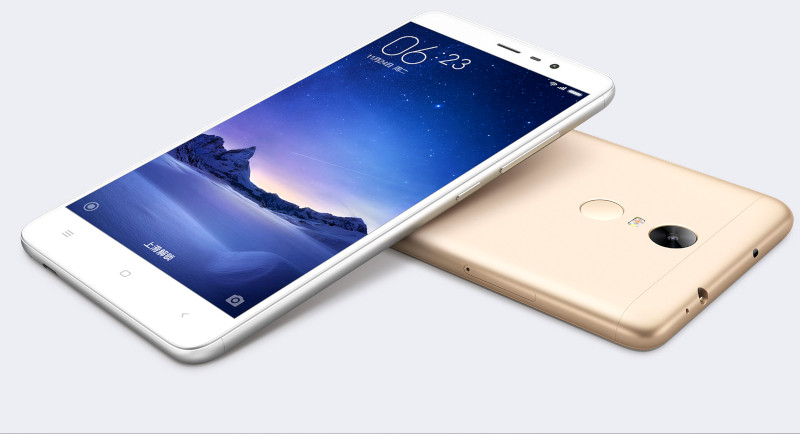
In terms of price, the Redmi Note 3 costs $140 for the 2GB RAM/16GB on board storage version, while the 3GB RAM / 32GB on board storage should cost you a slightly higher $170. The device has hit the markets since November 27.
Τhe Mate 8 will start at approximately $519 and go all the way up to around $613 for the 128GB internal memory/4GB RAM variant.
Which one to buy?
After a brief side by side comparison, you can see that the two devices are not quite that close.
The most differentiating factor is the price, so if you’re divided between the two, definitely take under consideration the budget you have at hand.
Other than that, Huawei seems to be offering an overall more solid option.

